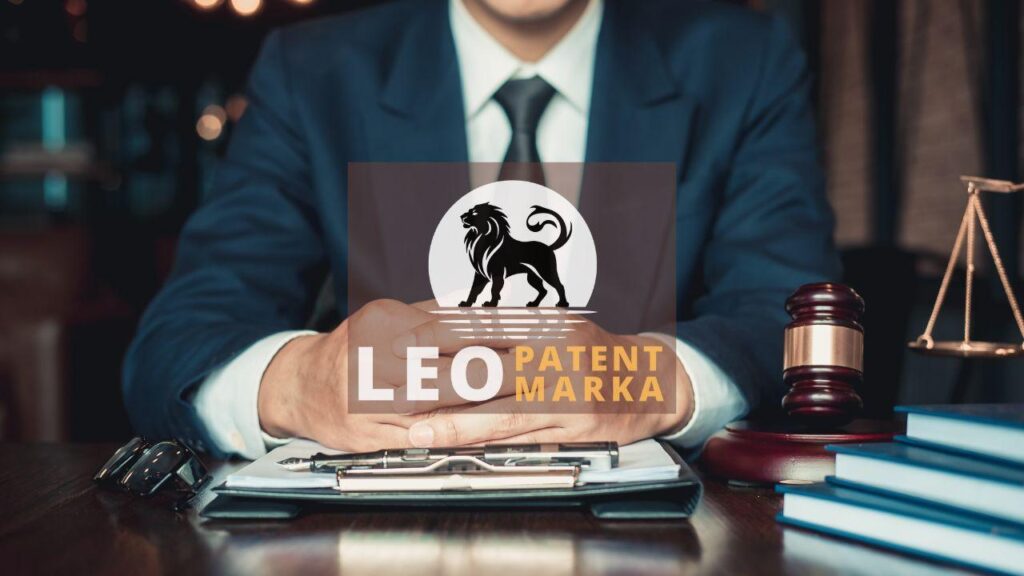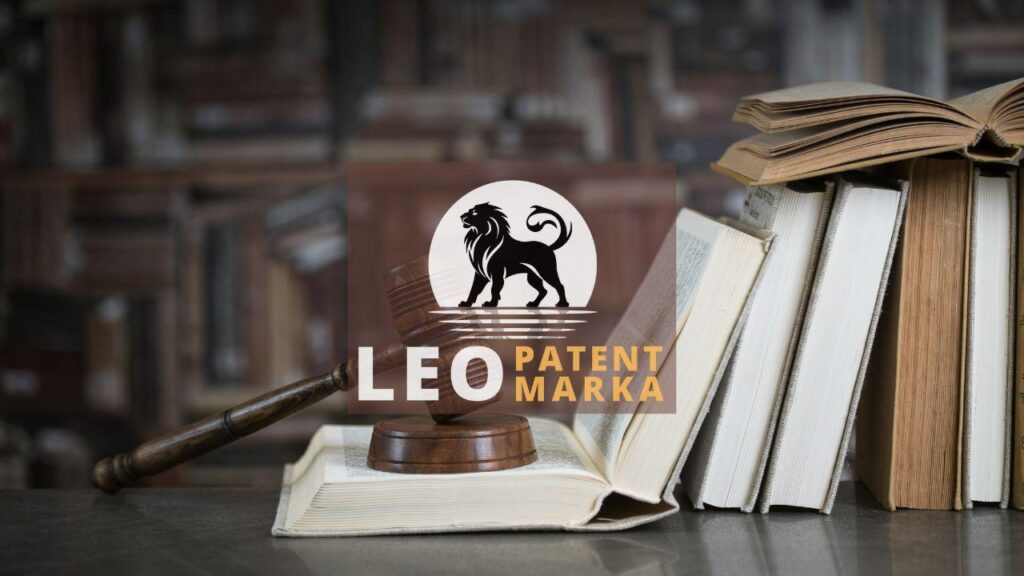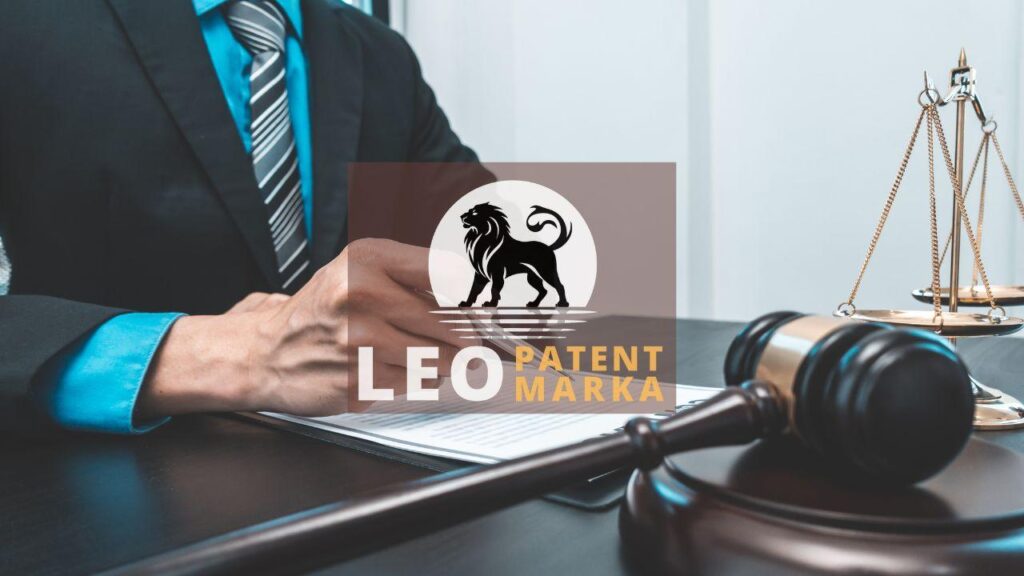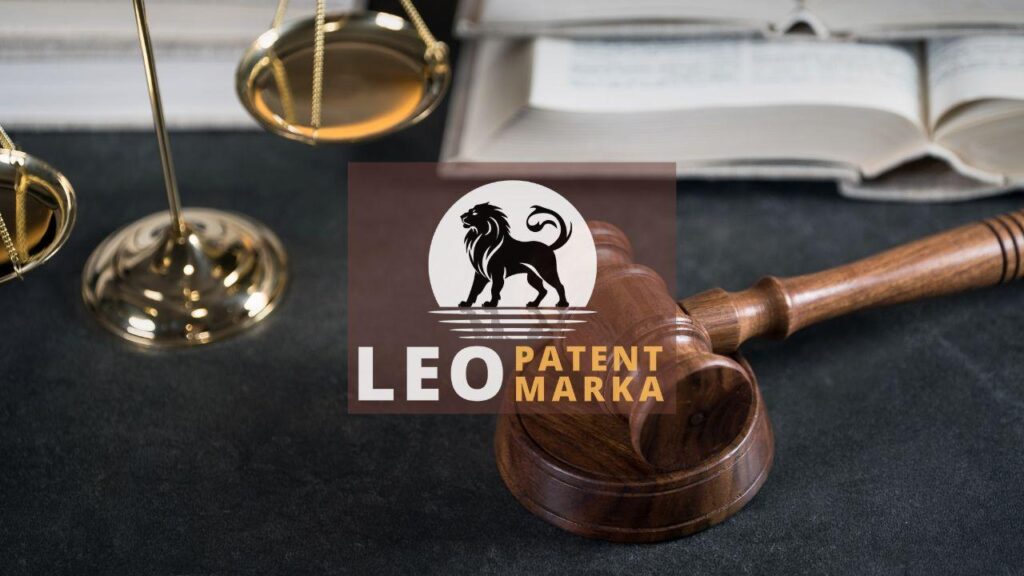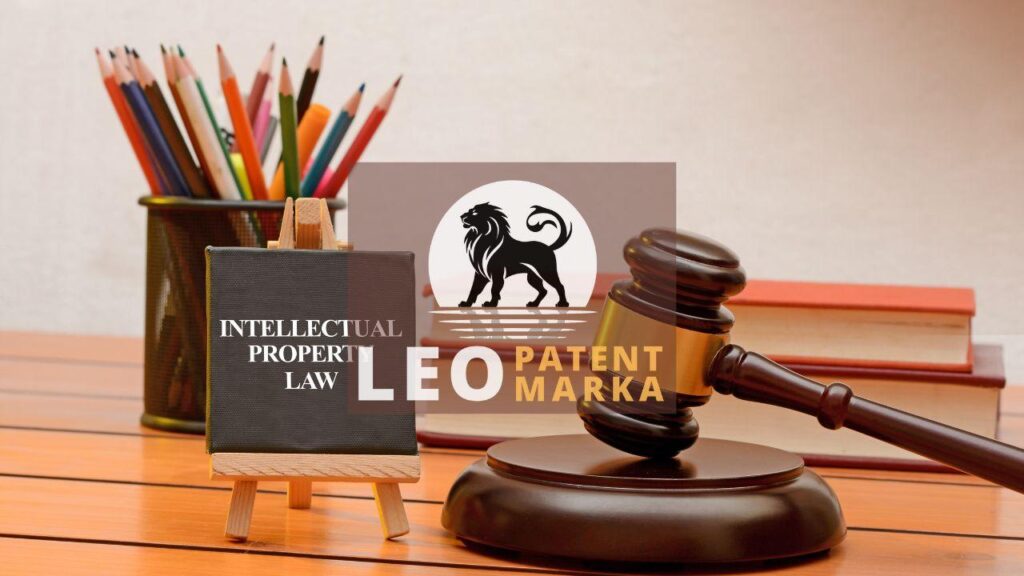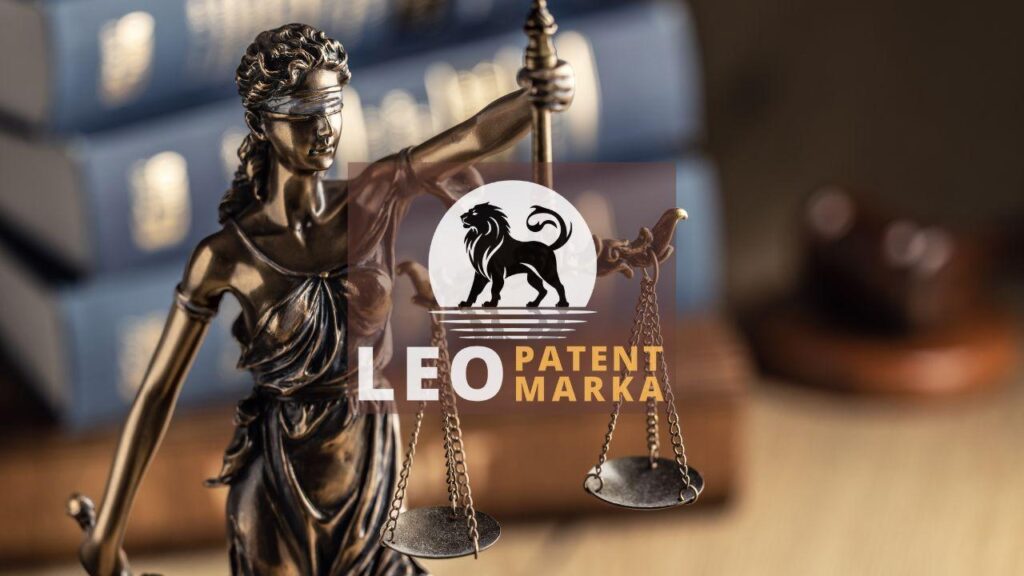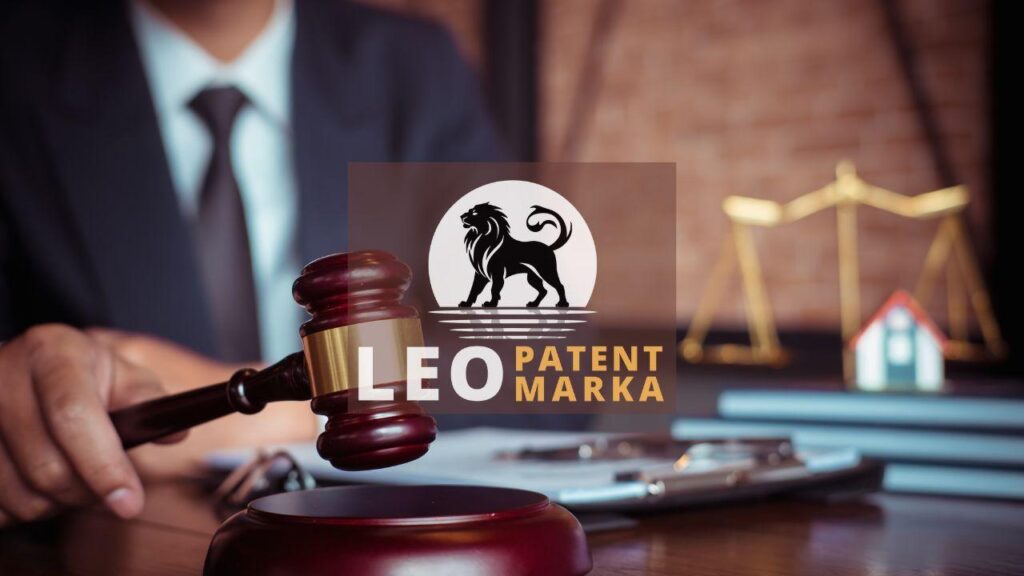IP due diligence plays a vital role in mergers and acquisitions. It’s like the detective work behind the scenes, uncovering hidden assets and avoiding potential pitfalls. Imagine trying to buy a used car without a mechanic’s inspection. You risk unforeseen repairs, right? Similarly, without a thorough intellectual property audit, you’re flying blind into a deal. This crucial step helps reveal the full value of IP assets, ensuring accurate IP valuation and minimizing M&A risk assessment errors. The process doesn’t just safeguard potential profits; it shields you from costly surprises. In today’s competitive market, businesses acquire not just for expansion, but for innovation, hinging heavily on unique technologies and patents. Yet, skipping IP due diligence in mergers and acquisitions can be like navigating rocky waters without a compass. Thus, the more meticulous your IP audit, the smoother your voyage through the complex and often unpredictable landscape of M&As will be.
Understanding the Importance of Intellectual Property in M&A Transactions
In the whirlwind of mergers and acquisitions, intellectual property isn’t just a side note—it’s the cornerstone of many deals. IP due diligence digs deep, unearthing the very essence of what keeps a company innovative and competitive. Imagine it as the heartbeat driving the enterprise forward, with every patent, trademark, and copyright serving as its lifeblood. This isn’t merely about ownership; it’s about leveraging these assets for strategic growth and safeguarding them against M&A risk assessment errors. By conducting a thorough intellectual property audit, businesses can pinpoint exact IP valuation, ensuring that every dollar spent aligns with future gains. The importance of IP in these transactions can’t be overstated, as it often dictates the trajectory of a merger or acquisition. Without this foundational step, you could be investing in an empty shell, rather than a treasure trove of potential.
In mergers and acquisitions, the significance of intellectual property can’t be ignored, acting as both a shield and sword in the negotiation process. IP due diligence is more than a checklist—it’s a strategic evaluation of assets that define competitive advantage. Companies often house invaluable IP assets, from groundbreaking patents to established trademarks, which, if properly assessed through a comprehensive intellectual property audit, can elevate overall IP valuation. Just like a seasoned detective, diving into an IP due diligence process reveals hidden strengths or vulnerabilities, allowing for informed decision-making. Overlooking this step can skew the M&A risk assessment, leading to financial setbacks. Thus, understanding IP’s influence on market positioning becomes critical. Each IP component in M&A transactions mirrors pieces of a broader puzzle, key to forming a coherent and successful business strategy. It’s this calculated approach that ensures alignment with long-term strategic objectives, mitigating potential pitfalls.
Understanding the importance of intellectual property in M&A transactions is like unlocking a hidden vault of potential. IP due diligence doesn’t just stop at identifying existing assets; it delves into untapped opportunities. Imagine uncovering a forgotten manuscript in an attic—suddenly, the possession has newfound value. Similarly, an intellectual property audit can unveil avenues for future innovation. The IP valuation not only sets a baseline for negotiations but also clarifies the strategic worth of these assets post-acquisition. It’s essential in M&A risk assessment, preventing negligence from turning valuable properties into liabilities. Each piece of IP, whether a patent or trademark, can redefine a company’s market standing. Navigating mergers and acquisitions without this insight is like embarking on a journey without a map. Embrace this thorough exploration, and transform intellectual property into a beacon of growth, guiding successful venture outcomes.
Effective Strategies for Conducting IP Due Diligence
Conducting IP due diligence effectively starts with comprehensive research. Like peeling back layers of an onion, each phase uncovers crucial details about intellectual property assets. Begin by assembling a dedicated team to handle the intellectual property audit. This team should possess diverse expertise to scrutinize patents, trademarks, copyrights, and more. The goal? To accurately assess IP valuation, leaving no stone unturned. Next, prioritize risk identification to aid in M&A risk assessment. Highlight potential red flags that could impact the merger or acquisition. Remember, mergers and acquisitions thrive on clarity and precision — the more transparent the IP evaluation, the stronger the negotiation position. Think of it as crafting a solid foundation, setting the stage for informed decisions and successful deals. With these strategies, you’ll lay the groundwork for a thorough and insightful IP due diligence process.
In the realm of IP due diligence, having a game plan can turn the tide in your favor. Start by leveraging robust data analytics tools to streamline the intellectual property audit process, enhancing the clarity of your findings. These tools, like a magnifying glass, help detect anomalies in IP portfolios that might otherwise slip through the cracks. Incorporating regular updates in your IP valuation practice ensures that all stakeholders have the latest information, crucial for M&A risk assessment. Communication is key—schedule frequent touchpoints with your team to discuss findings and adapt strategies as needed. Remember, in mergers and acquisitions, preparation is half the battle. A flexible approach, one that adjusts as new insights emerge, is essential to navigating the intricacies of IP due diligence. With these strategies, your IP audit transforms from a daunting task to a strategic advantage, paving the way for informed and successful mergers and acquisitions.
To truly master IP due diligence, a proactive approach is indispensable. Start by engaging with external consultants who bring fresh perspectives to the intellectual property audit. These experts can spot nuances in IP portfolios often overlooked, adding depth to your IP valuation. Regular workshops can sharpen your team’s skills on the latest trends in mergers and acquisitions, fostering an environment of continuous learning. Keep detailed documentation throughout the process—it’s essential for backtracking and reassessing M&A risk assessment. Visualize it like constructing a puzzle; each piece of information is crucial. As you gather insights, anticipate potential challenges and prepare counterstrategies. This foresight, paired with documented learnings, equips you to tackle IP due diligence like a seasoned navigator in rough seas. Your comprehensive strategy not only fortifies your negotiation stance but also paves the path to seizing opportunities with confidence in the ever-evolving world of mergers and acquisitions.
Common Pitfalls to Avoid During IP Assessments in Mergers and Acquisitions
When assessing IP due diligence in mergers and acquisitions, overlooking common pitfalls can spell disaster. Imagine setting sail without checking the weather forecast—stormy surprises might await. First, insufficient research can lead to overlooked IP rights or unresolved legal issues. This is akin to buying a house but skipping the title search. Next, failing to verify ownership risks acquiring disputed assets, much like buying a dog without pedigree papers. Another misstep? Ignoring the nuances of IP valuation. If you value the wrong assets, it’s as if you’re picking fruit from a barren tree. A comprehensive intellectual property audit is akin to a thorough treasure map, revealing hidden gems and ensuring accurate IP valuation. Finally, an overlooked M&A risk assessment means setting foot in uncharted territory without a reliable guide. Steering clear of these pitfalls with careful due diligence is the key to navigating mergers and acquisitions successfully.
One recurring error in IP due diligence during mergers and acquisitions is overlooking pending litigations or disputes. It’s like preparing a gourmet meal only to realize the main ingredient is missing; quality suffers. Many businesses dive into M&As without checking for intellectual property entanglements, leaving them vulnerable. Also, not scrutinizing existing IP licenses can lead to disastrous rights infringements. Imagine building a house on shaky ground—the outcome is as uncertain as it is dangerous. Neglecting to assess competitor activities could expose companies to unforeseen threats, as if letting a fox guard the henhouse. Recall the importance of IP valuation—misjudging trademark worth might downsize strategic advantage. Finally, skimping on a robust M&A risk assessment can leave firms blindsided. Each of these pitfalls threatens the deal’s integrity and potential, highlighting the indispensable role of a thorough intellectual property audit. Ensuring due diligence paves the way for a successful, lucrative acquisition deal.
One of the sneakiest pitfalls in IP due diligence stems from misjudging patent lifespans—much like mistaking an oasis for a mirage in a desert; it seems promising but may vanish upon closer inspection. Consider the implications: acquiring obsolete patents drains resources without yielding returns. Add to this, the nuances of aligning IP assets with business strategies are often dismissed. Envision setting up a fireworks display but forgetting the matches—plans fizzle without execution. In mergers and acquisitions, failing to update or transition IP rights can lead to operational chaos, like sailing towards success with anchors dragging behind. When conducting an intellectual property audit, it’s essential to ensure IP valuation aligns with market realities. Overlooking market trends is like ignoring warning signals on a treacherous path. Moreover, inadequately assessing contract clauses can introduce unforeseen liabilities, akin to uncovering hidden traps on an adventure. Thus, diligent M&A risk assessment remains the cornerstone of successful IP due diligence.
Disclaimer: This article is for general information purposes only and it is recommended that you consult experts and companies in that field to evaluate your specific situation. We are not responsible for any damage that may arise from the use of the information in this article.

